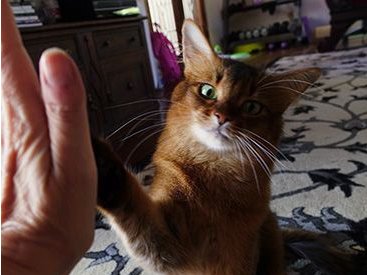If you’ve ever searched for ways to keep your cat off the kitchen counter, you’ve likely come across a popular hack: using aluminum foil to deter cats. Videos of cats jumping up and instantly leaping away from the crinkly surprise have gone viral, but is this method really effective — or just another internet gimmick?
In this guide, we’ll break down why cats react the way they do to aluminum foil, whether this method is humane and reliable, and how to use it properly (if at all) to manage cat behavior at home.
Why Do Cats Hate Aluminum Foil?
Cats are highly sensitive creatures, especially when it comes to sound and texture. Aluminum foil triggers an unpleasant sensory experience due to:
The crinkling sound, which is sudden and high-pitched
The unusual texture, which feels unstable under their paws
The reflective surface, which may confuse or scare some cats
Is It Safe for Cats?
Aluminum foil is generally safe as a deterrent if used properly. However, avoid:
Using foil with sharp edges
Wrapping it around electrical appliances
Letting cats chew or ingest it
If your cat is highly anxious or has a nervous temperament, the sudden loud noise may cause stress. Always monitor your cat’s reaction and discontinue use if they show signs of distress.
Final Thoughts
The aluminum foil vs. cats hack can be surprisingly effective — especially in the short term — but it’s not a one-size-fits-all solution. Use it as a tool alongside other cat training strategies, and always prioritize your cat’s emotional well-being. With the right approach, you can discourage unwanted behaviors without stress or harm.
Learn More
For more cat behavior tips, visit petniq.com
